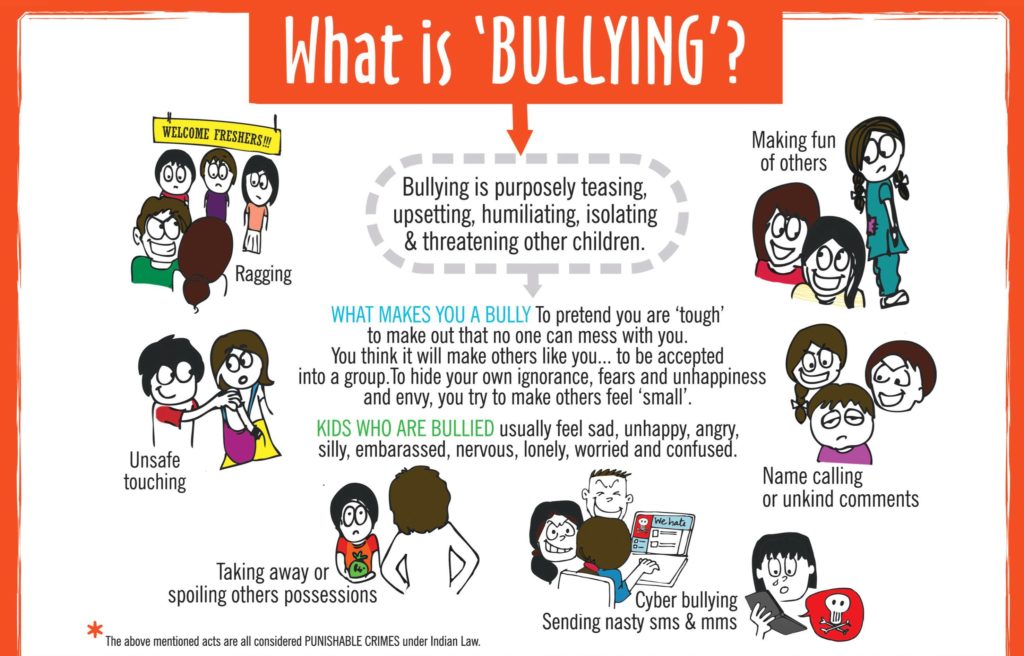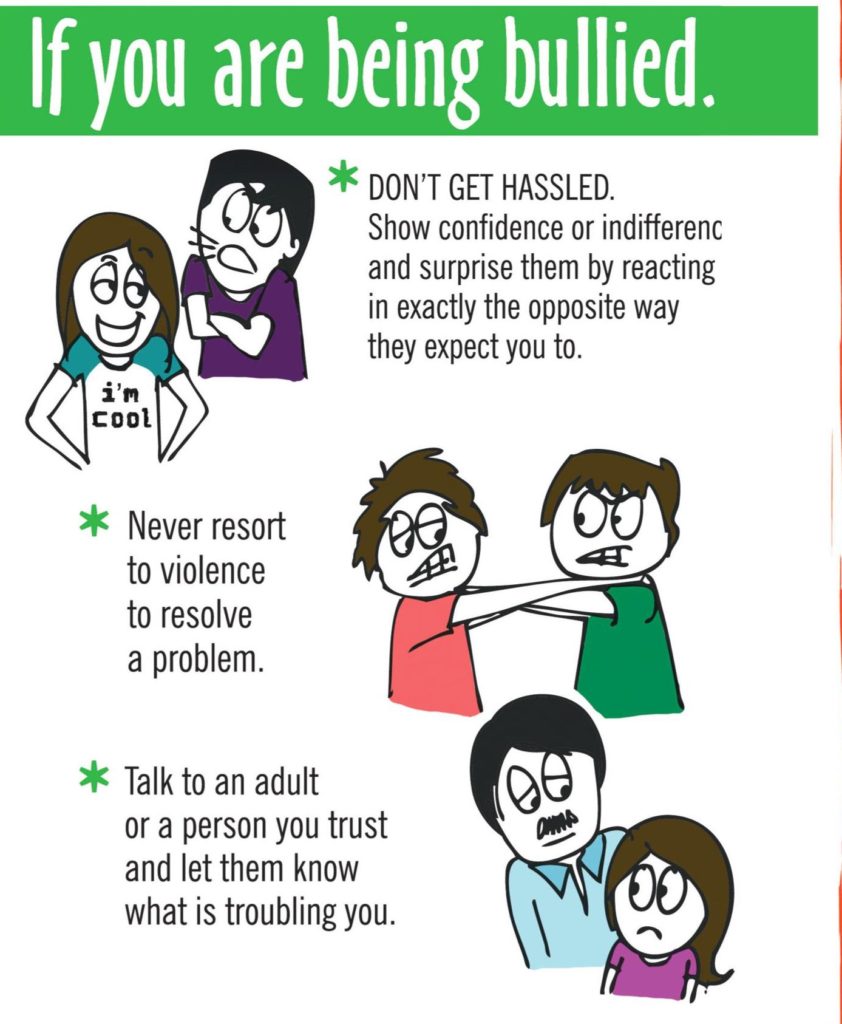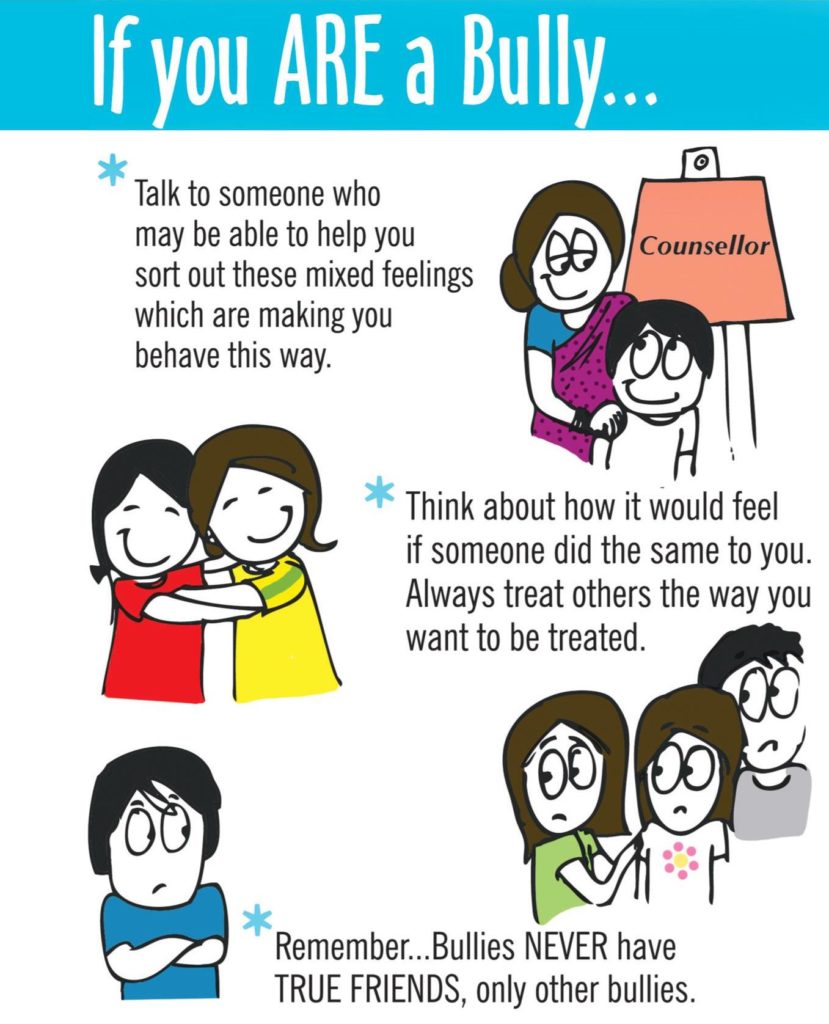Understanding & Preventing Bullying in School
What is bullying?
Bullying is behaviour that hurts someone else – such as name calling, hitting, pushing, spreading rumours, threatening or undermining someone.
It can happen anywhere – at school, at home or online. It’s usually repeated over a long period of time and can hurt a child both physically and emotionally.
Bullying that happens online, using social networks, games and mobile phones, is often called cyberbullying. A child can feel like there’s no escape because it can happen wherever they are, at any time of day or night.
Bullying includes:
verbal abuse, such as name calling and gossiping
non-verbal abuse, such as hand signs or text messages
emotional abuse, such as threatening, intimidating or humiliating someone
exclusion, such as ignoring or isolating someone
undermining, by constant criticism or spreading rumours
controlling or manipulating someone
racial, sexual or homophobic bullying
physical assaults, such as hitting and pushing
making silent, hoax or abusive calls
online or cyberbullying.
Warning Signs
It can be hard for adults to know whether or not a child is being bullied. A child might not tell anyone because they’re scared the bullying will get worse. They might think that they deserve to be bullied, or that it’s their fault.
You can’t always see the signs of bullying. And no one sign indicates for certain that a child’s being bullied. But you should look out for:
belongings getting “lost” or damaged
physical injuries such as unexplained bruises
being afraid to go to school, being mysteriously ‘ill’ each morning, or skipping school
not doing as well at school
asking for, or stealing, money (to give to a bully)
being nervous, losing confidence, or becoming distressed and withdrawn
problems with eating or sleeping
bullying others.
What Schools Can Do
- You need to communicate a strong message that bullying will not be tolerated in your school.Children and young people should feel confident they can approach any member of staff if they are being bullied and know that it will be taken seriously, acted upon and followed up.
- Staff should be trained to gain a good understanding of what constitutes bullying and be clear on what action to take if a child comes to them for help or if they witness bullying
- Sexuality education lessons and school assemblies are a good way of helping children and young people understand the seriousness of bullying and the impact it has on the victim.
- Posters reinforcing anti-bullying messages and advertising sources of help can be displayed around the school as a reminder that help is there if needed.
- Schools should keep records of bullying incidents. Record information about individuals or groups, types of bullying, places and times. Analyse your records to identify patterns and use this information to update your polices and procedures
(source:- NSPCC) (image source:- Tulir)










